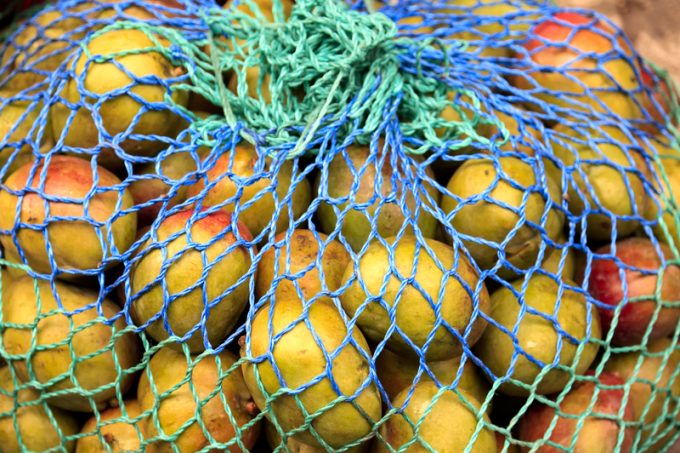Predatory rivals circle as the ripples from DSV's Schenker buy widen
Forwarders are awaiting the fallout from DSV’s purchase of DB Schenker – and the corresponding ...

Mangoes from Latin America are not traveling by air to international markets this year.
A combination of scarce capacity and high airfreight rates has forced Latin nAmerican mango exporters to shift to ocean transport.
Kurt Schosinsky, MD of Avianca Cargo, says the repercussions of Covid-19 have hit ...

Comment on this article